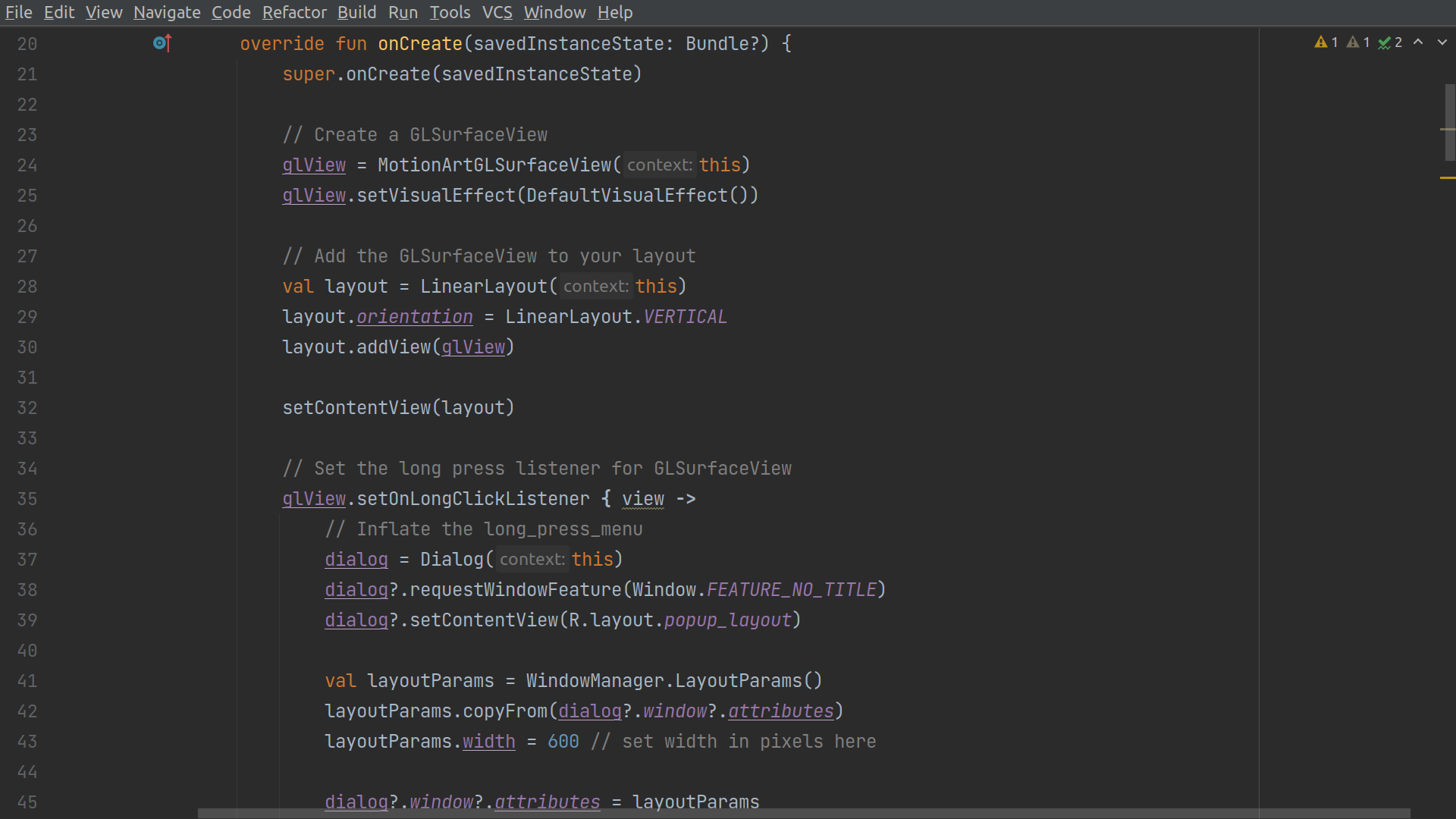Are there any downsides to clearing the screen in OpenGL Android?

OpenGL is a widely-used graphics API that allows developers to create high-performance 2D and 3D graphics for a variety of platforms, including Android. In OpenGL, rendering is done in a “frame-by-frame” manner, where each frame is rendered and then displayed on the screen.
One important aspect of rendering in OpenGL is clearing the screen. This involves setting the color of every pixel on the screen to a certain value, effectively erasing whatever was previously displayed. This may seem counterintuitive at first, but clearing the screen is actually a crucial step in the rendering process.
So why do we need to continually clear the screen in OpenGL Android? There are several reasons why this is necessary:
Avoiding visual artifacts
Without clearing the screen, previous frames may still be visible in the background, resulting in visual artifacts such as ghosting or flickering. This is especially noticeable when objects are moving on the screen, as their previous positions may still be visible. By clearing the screen before rendering each frame, we ensure that only the latest frame is displayed, avoiding any unwanted artifacts.
Accurate rendering
Clearing the screen is also important for ensuring accurate rendering. When rendering a frame, OpenGL uses a technique called depth testing to determine which objects should be displayed in front of others. This involves comparing the depth value of each pixel on the screen with the depth value of the object being rendered. If the depth value of the pixel is greater than the depth value of the object, the pixel is discarded and not displayed.
However, if the screen is not cleared before rendering each frame, the depth values from previous frames may still be present, leading to inaccurate depth testing and incorrect rendering. By clearing the screen, we ensure that the depth values for each pixel are reset to their default values, allowing for accurate rendering.
Performance optimization
Clearing the screen may seem like an expensive operation, as it involves iterating through every pixel on the screen and setting its color. However, modern graphics hardware is optimized for this operation, making it a relatively fast operation. In fact, clearing the screen can actually improve performance in some cases.
When rendering a frame, OpenGL only needs to render the objects that are visible on the screen. By clearing the screen, we ensure that only the visible objects are rendered, allowing for faster rendering. This is because, without clearing the screen, OpenGL would still need to render objects that are not visible, which can be a waste of resources.
In conclusion, clearing the screen is a crucial step in the rendering process in OpenGL Android. It helps to avoid visual artifacts, ensure accurate rendering, and optimize performance. While it may seem like an unnecessary operation, it is actually a vital aspect of creating high-quality graphics in OpenGL. By understanding the importance of clearing the screen, developers can create more efficient and visually appealing applications for Android.





